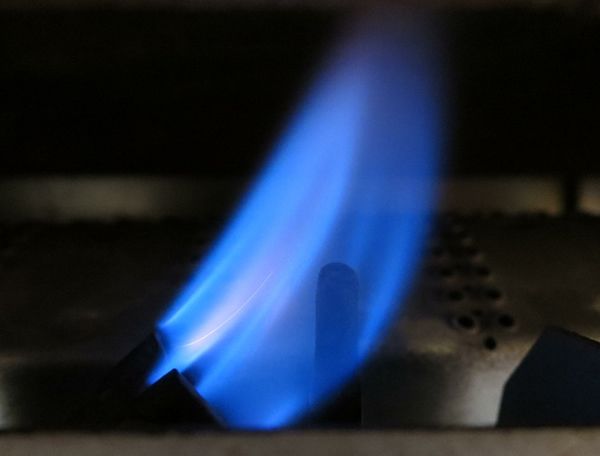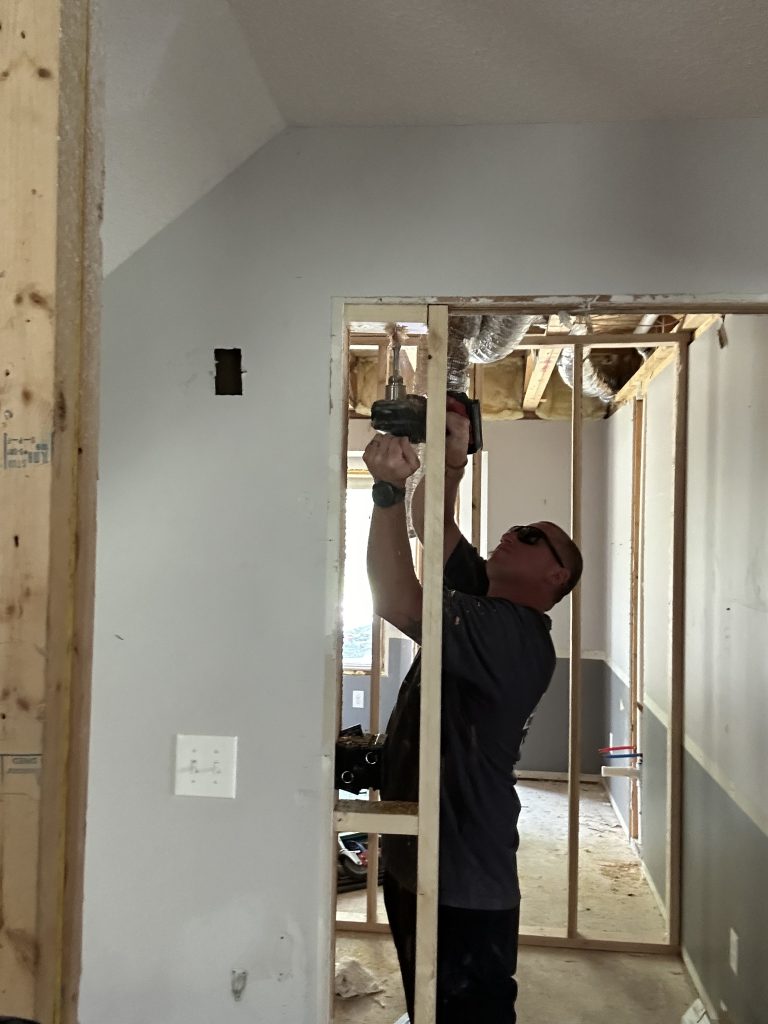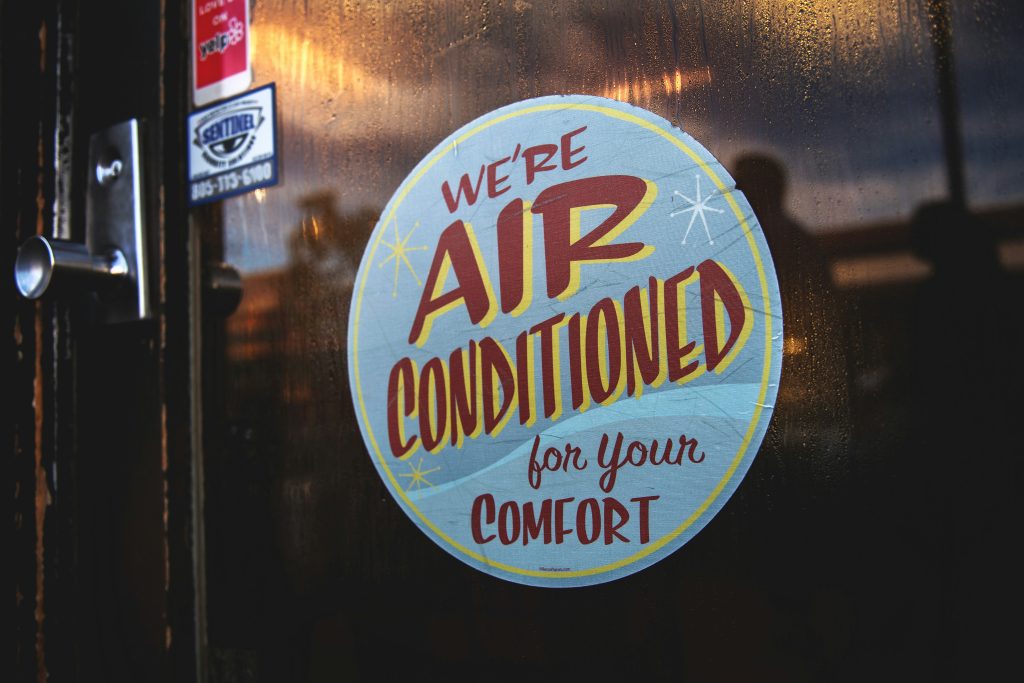As the cold weather settles in, homeowners often fire up their furnaces for the first time in months. Sometimes, however, the furnace doesn’t quite do its job—often due to a pilot light issue. The pilot light is a critical part of a gas furnace, and knowing how it works, how to maintain it, and how to troubleshoot common problems can keep your home warm and safe this winter. In this article, we’ll guide you through the basics of furnace pilot lights, from how they work to troubleshooting and when it’s time to call a professional.
Key Takeaways
- Understanding the Pilot Light’s Role: The pilot light is essential in gas furnaces, acting as the ignition source for heating. A stable pilot light ensures safe and efficient furnace operation, keeping your home warm during the colder months.
- Signs of a Pilot Light Issue: Common signs that the pilot light may be out include no heat, a thermostat that doesn’t reach the set temperature, and faint gas odors.
- Causes of Pilot Light Outages: Pilot lights can go out due to drafts, dirt or soot buildup, thermocouple malfunctions, or gas supply issues. Identifying these causes can help prevent future outages.
- Relighting the Pilot Light Safely: Homeowners can attempt to relight the pilot light following safe steps, but should always prioritize safety and call a professional if uncertain or if the light doesn’t stay on.
- Preventative Maintenance Tips: Keeping the area around the furnace clean, checking for drafts, and scheduling annual HVAC inspections can help maintain a reliable pilot light and prevent unexpected issues.
- When to Contact a Professional: Persistent pilot light issues, gas supply concerns, or complex furnace problems require professional expertise to ensure safe, efficient operation.
What is a Pilot Light, and Why is it Important?
The pilot light in a gas furnace is a small, continuously burning flame that ignites the main burner when the thermostat calls for heat. In older furnaces, this tiny flame is always on, acting as a ready ignition source for the gas that heats your home. In newer models, an electronic ignition may replace the traditional pilot light, but the concept is similar.
Why a Steady Pilot Light Matters:
- Starts the Heating Process: Without a functioning pilot light, your furnace can’t ignite, leaving your home without heat.
- Promotes Safe Operation: The pilot light, paired with a safety device called the thermocouple, helps control gas flow, minimizing the risk of leaks.
- Ensures Furnace Efficiency: A steady pilot light helps the furnace run smoothly and consistently, preventing wasted energy and maintaining indoor comfort.
If the pilot light is out or not working correctly, your furnace can’t do its job, leading to a chilly home and potential safety concerns.
How to Know if Your Pilot Light is Out
If your furnace doesn’t seem to be heating your home effectively, a pilot light issue may be the cause. Here are some common indicators:
- No Heat: If the furnace is running but blowing cold air, the pilot light may be out.
- Thermostat Not Reaching Set Temperature: When the thermostat stays below the temperature you set, the furnace may not be igniting properly due to a pilot light problem.
- Unusual Furnace Odors: A faint smell of gas may indicate the pilot light is out. Unignited gas could be escaping, creating an odor that, while subtle, is worth addressing.
To check if your pilot light is out, locate the pilot assembly inside the furnace and inspect it. If you don’t see a flame, the pilot light will need to be relit.
Common Reasons a Pilot Light Goes Out
Pilot lights can go out for several reasons. Understanding these can help you take preventive steps and reduce the chances of future outages.
- Drafts or Air Currents: A sudden draft, whether from a nearby open window, door, or vent, can extinguish the pilot light, especially in older furnaces.
- Dirt or Soot Buildup: Dust and soot can accumulate on or near the pilot light, blocking the flame and causing it to go out. Regularly cleaning the area around the furnace can help prevent this problem.
- Thermocouple Malfunction: The thermocouple is a safety device that detects whether the pilot light is on. If it senses that the pilot is out, it cuts off the gas to prevent leaks. However, if the thermocouple is dirty or damaged, it may shut off the gas even if the pilot light is on.
- Gas Supply Issues: If there is a fluctuation in gas pressure, a blockage, or an issue with the gas valve, the pilot light may go out. These issues typically require a professional to diagnose and repair.
Consider this scenario: After finishing some basement renovations, a homeowner unknowingly stacks a few boxes near the furnace, disrupting airflow and creating drafts that keep extinguishing the pilot light. By moving the boxes, they solve the issue and restore steady heating.
How to Relight a Pilot Light Safely
If your pilot light does go out, you may be able to relight it yourself. Here’s a simple step-by-step guide, but remember to prioritize safety and call a professional if you’re unsure at any point.
Step-by-Step Relighting Guide:
- Check for Gas Odors: If you smell a strong gas odor, do not attempt to relight the pilot. Leave the area immediately and call a professional.
- Turn Off the Gas Valve: Locate the gas valve near the pilot light and turn it to the “Off” position. Wait five minutes for any remaining gas to dissipate, ensuring safety before relighting.
- Switch to Pilot and Light the Flame: Turn the valve to the “Pilot” position. Hold down the reset button, then bring a lit match or lighter near the pilot opening. For models with electronic ignitions, consult your furnace manual for specific instructions.
- Hold the Reset Button: Once the pilot is lit, continue holding the reset button for 30 seconds. This allows the thermocouple to detect the flame and keep the gas flowing.
- Turn the Gas Valve to On: After ensuring that the pilot is stable, turn the gas valve back to the “On” position.
If the pilot doesn’t stay lit or you’re uncertain about any steps, it’s safest to call a professional.
Preventative Maintenance for Pilot Lights
Preventive care can help you avoid unexpected pilot light issues, saving you from chilly, unplanned furnace shutdowns in winter. Here are some maintenance tips to keep your pilot light in reliable working order:
- Regular Cleaning: Dust around the furnace and use a soft brush to gently clean the pilot light area, preventing dirt buildup that could block the flame.
- Check for Drafts: Make sure there are no open windows, doors, or fans near the furnace that could cause drafts strong enough to blow out the pilot light.
- Schedule Annual Inspections: A yearly HVAC inspection is one of the best ways to catch potential issues early. A technician will clean critical components, test the thermocouple, and ensure proper gas flow for reliable operation.
- Test the Thermocouple: Thermocouples can wear out over time. If you’ve had issues with the pilot light going out, it may need adjusting or replacing, which a technician can do during an inspection.
For example, consider a homeowner who encounters repeated pilot light outages. After checking for drafts, they find that a vent in their basement blows directly onto the furnace. Redirecting the vent solves the problem, preventing further outages.
When to Call in a Professional
While homeowners can address some pilot light issues on their own, there are certain situations where a professional’s help is essential:
- Recurring Pilot Light Issues: If your pilot light repeatedly goes out or refuses to stay lit, this may signal a faulty thermocouple or another internal issue that requires professional attention.
- Gas Line or Valve Concerns: Issues with the gas supply, such as difficulty adjusting the valve, unusual sounds, or pressure fluctuations, should only be handled by a professional.
- Electronic or Mechanical Problems: Furnaces with electronic ignitions or more complex control boards should be serviced by trained technicians to prevent further complications or safety risks.
By working with a qualified HVAC technician, you can ensure your furnace operates safely and efficiently, keeping your home warm without unnecessary risks.
Conclusion
A functioning pilot light is essential to keeping your furnace, and therefore your home, warm and safe throughout the colder months. Understanding how the pilot light works, recognizing common issues, and performing routine maintenance can help you stay ahead of potential problems.
If you’re dealing with recurring pilot light issues or simply want a professional inspection to ensure your furnace is winter-ready, reach out to Integrity Trade Services. Our skilled technicians are dedicated to providing reliable, expert HVAC care. Contact us today to schedule a consultation and enjoy a warm, worry-free winter.
Frequently Asked Questions (FAQs)
1. What is the purpose of a pilot light in a gas furnace?
The pilot light is a small flame that ignites the main burner in a gas furnace, starting the heating process. It ensures that your furnace can produce heat when needed and helps keep the system operating safely.
2. How do I know if my pilot light is out?
Common signs include no heat from the furnace, a thermostat that doesn’t reach the desired temperature, and a faint smell of gas. You can also visually check the pilot light assembly in your furnace; if you don’t see a flame, it’s likely out.
3. What are the main reasons a pilot light goes out?
Pilot lights often go out due to drafts, dirt or soot buildup, a faulty thermocouple, or gas supply issues. Regular maintenance and checking for drafts can help prevent these issues.
4. Can I relight the pilot light myself?
Yes, you can usually relight it by following safe steps: turning off the gas valve, waiting a few minutes, then switching to the “Pilot” position, and using a lighter or match. However, if you’re unsure or if the pilot light won’t stay lit, it’s safest to contact a professional.
5. How often should I clean around my furnace to prevent pilot light issues?
Cleaning around the furnace at least once per season, especially before winter, is recommended to prevent dirt and dust buildup, which can affect the pilot light and overall furnace performance.
6. What is a thermocouple, and how does it affect the pilot light?
The thermocouple is a safety sensor that detects whether the pilot light is on. If it senses that the flame is out, it shuts off the gas to prevent leaks. If the thermocouple is dirty or worn, it may incorrectly shut off the gas, causing the pilot light to go out.
7. When should I call a professional for pilot light issues?
If your pilot light goes out repeatedly, if you notice gas supply issues, or if you have a modern furnace with an electronic ignition system, it’s best to call a professional. They can diagnose and resolve underlying problems safely and efficiently.
8. How can I prevent pilot light problems in the future?
Preventative steps include cleaning around the furnace, checking for drafts, and scheduling an annual HVAC inspection to ensure all components are in good working order.
9. Why is annual furnace inspection important?
Annual inspections help identify and resolve minor issues before they become serious. A technician will check components like the thermocouple and clean parts that could affect the pilot light, ensuring safe and efficient furnace operation.
10. Who should I contact if I need help with my furnace’s pilot light?
If you’re experiencing recurring pilot light issues or want a professional inspection, contact Integrity Trade Services. Our experienced technicians can handle pilot light issues, perform routine maintenance, and help keep your furnace running safely and efficiently all winter long.
This article has been a collaboration between Integrity Trade Services and OpenAI’s ChatGPT. Created on October 31, 2024, it combines AI-generated draft material with ITS’s revision and oversight, ensuring accuracy and relevance while addressing any AI limitations.
External Links:
Furnaces and Boilers | Department of Energy
This resource from the U.S. Department of Energy provides an overview of different types of home heating systems, including furnaces and boilers. It explains efficiency ratings (AFUE), retrofit options, and maintenance practices that can improve furnace performance and safety.
URL:https://www.energy.gov/energysaver/furnaces-and-boilers:contentReference[oaicite:0]{index=0}
Home Heating Systems | Department of Energy
Another detailed guide from the Department of Energy, this page covers essential information on various home heating systems and includes maintenance and energy-saving tips. It also explains the benefits of an annual inspection and how to increase comfort while reducing energy costs.
URL: https://www.energy.gov/energysaver/home-heating-systems:contentReference[oaicite:1]{index=1}
Purchasing Energy-Efficient Residential Furnaces | Department of Energy
This page offers a guide to selecting and purchasing energy-efficient furnaces. It covers cost savings, lifetime efficiency, and the benefits of choosing ENERGY STAR-rated models for better energy conservation and lower heating costs.
URL:https://www.energy.gov/eere/femp/purchasing-energy-efficient-residential-furnaces:contentReference[oaicite:2]{index=2}



